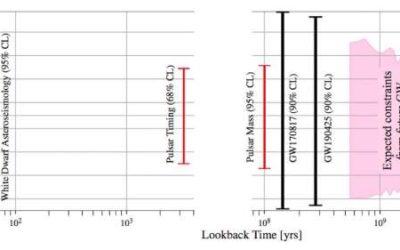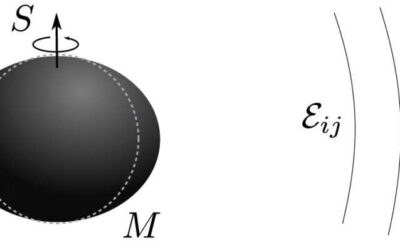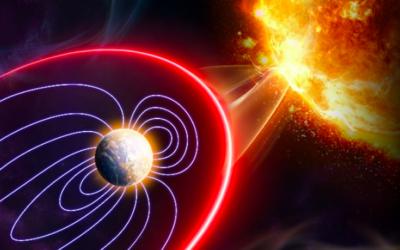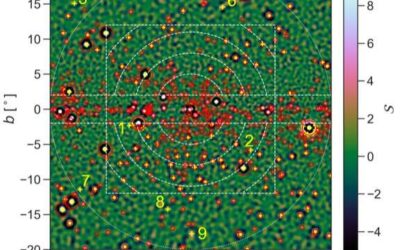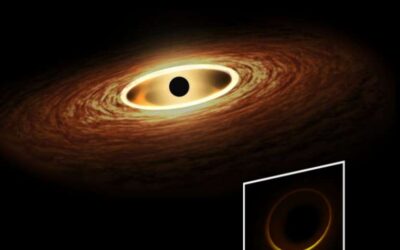Past physics theories introduced several fundamental constants, including Newton's constant G, which quantifies the strength of the gravitational interaction between two massive objects. Combined, these fundamental constants allow physicists to describe the universe...
Astronomy & Space
Spinning black holes could deform under an external and static gravitational field
An open question among the physics community is whether black holes can be tidally deformed by an external gravitational field. If this were confirmed to be true, it could have important implications for many areas of physics, including fundamental physics,...
The effects of solar flares on Earth’s magnetosphere
Planet Earth is surrounded by a system of magnetic fields known as the magnetosphere. This vast, comet-shaped system deflects charged particles coming from the sun, shielding our planet from harmful particle radiation and preventing solar wind (i.e., a stream of...
Could recently spotted dim point sources explain the galactic center excess (GCE)?
Over the past decade or so, a number of astrophysics studies have detected an excess of gamma-ray radiation at the center of our galaxy. Despite the many attempts to understand this unexpected surplus of radiation, now known as the galactic center excess (GCE), its...
A new theorem predicts that stationary black holes must have at least one light ring
Black holes, regions in space with such an intense gravitational field that no matter or radiation can escape from them, are among the most mysterious and fascinating cosmological phenomena. Over the past five years or so, astrophysicists collected the first...
Research identifies detection constraints for dark photons
Past cosmological and astrophysical observations suggest that over one quarter of the universe's energy density is made up of a non-conventional type of matter known as dark matter. This type of matter is believed to be composed of particles that do not absorb, emit...
A new search for axion dark matter rules out past numerical predictions
The ADMX collaboration, a group of researchers working at universities across the U.S. and Europe, has recently performed a new search for invisible axion dark matter using a cavity haloscope and a low-noise Josephson parametric amplifier. Cavity haloscopes are...
Compact dark object search: Scanning Earth’s core with superconducting gravimeters
Physics theory suggests that the universe is made up in great part by a type of matter that does not emit, absorb or reflect light, and hence cannot be observed using conventional detection methods. This type of matter, referred to as dark matter, has so far never...
Space-plane developer expresses frustration at lack of UK investment
An engineer working within the space plane industry told MPs that a lack of support from major players in the aviation industry might be slowing down the development of the new disruptive space technology.
Profile: Margaret Hamilton
Everyone has seen the footage of Neil Armstrong's first steps on the Moon, and NASA's Apollo 11 Mission is considered one of mankind's greatest achievements.

